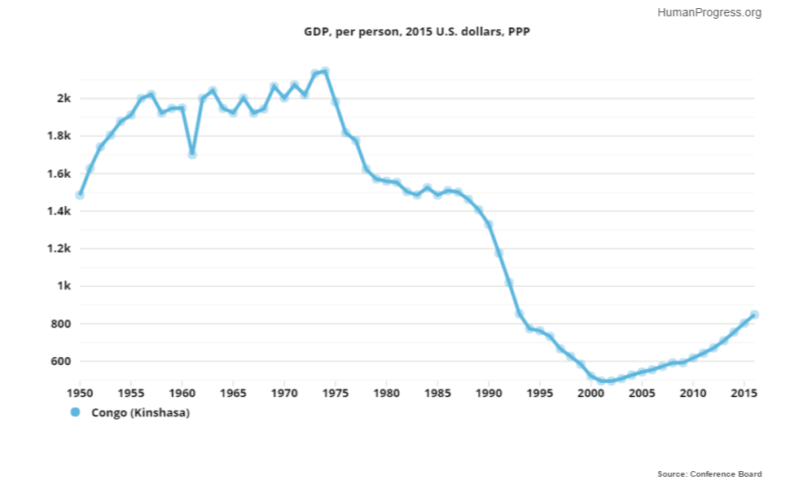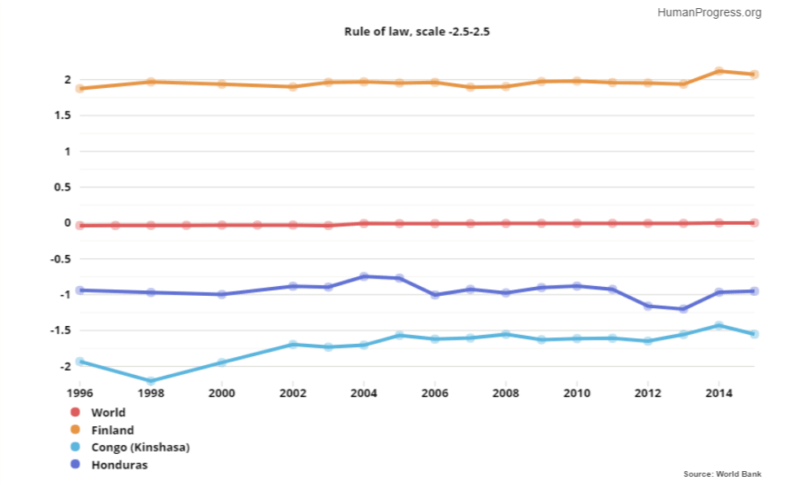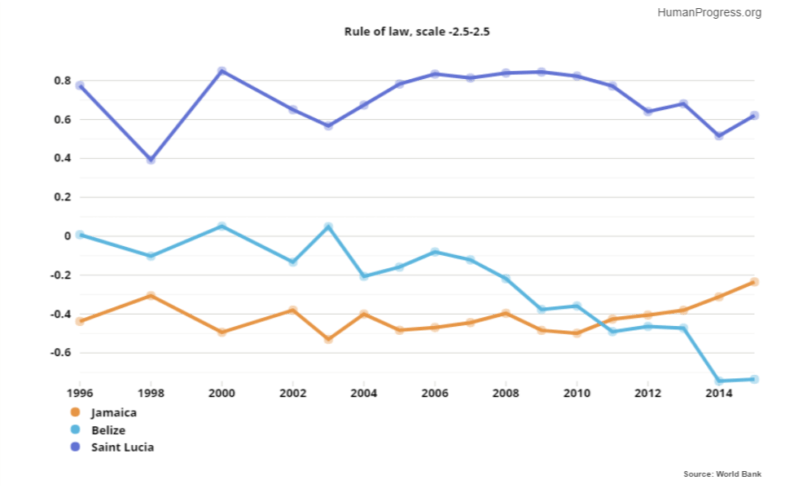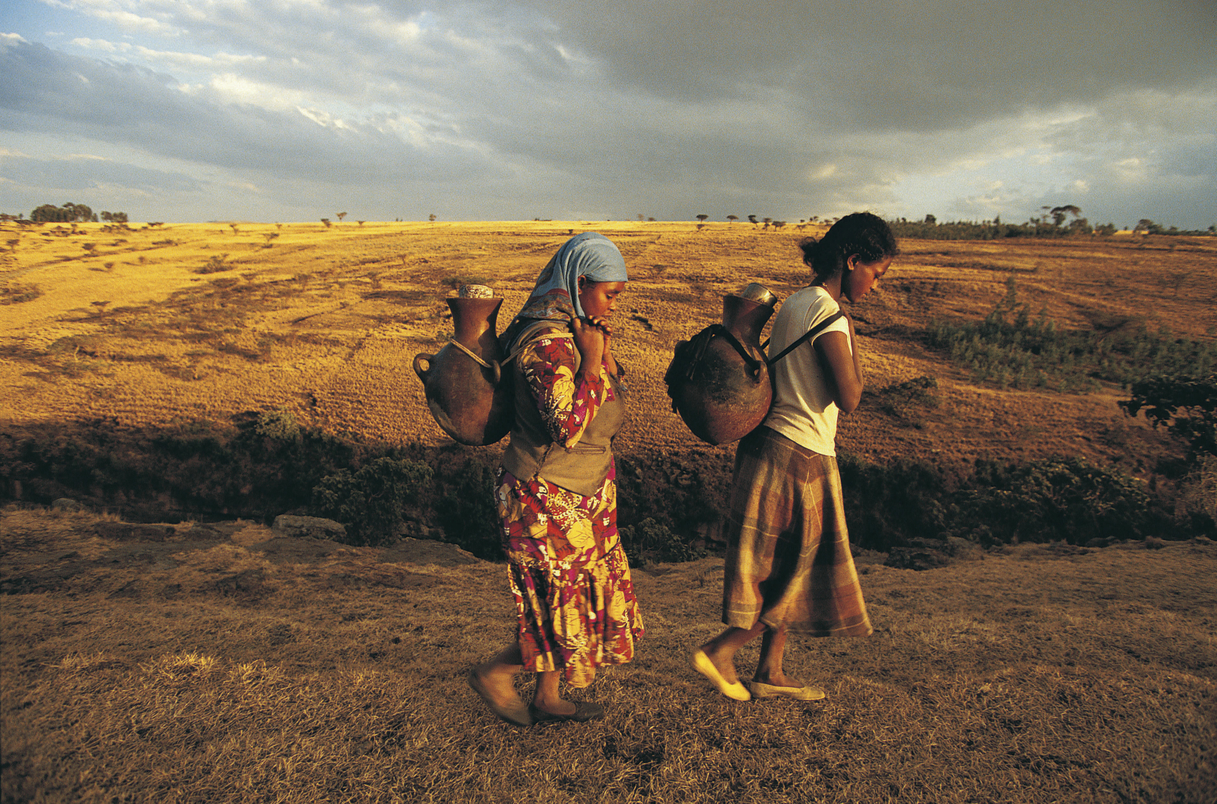How do you stimulate economic growth in poor countries with faulty institutions? In the past, some thought foreign aid was the answer. But, as we have found out over the past 60 years or so, foreign aid cannot spur growth in countries lacking the rule of law, property rights and accountable government.
In many places, the Democratic Republic of Congo is a prime example, billions of dollars in aid have stolen by rapacious government officials. Meanwhile, ordinary people are just as poor, if not poorer, as they were in colonial times.

Since institutions, such as the rule of law, are an important component of economic development, faulty ones must be fixed. The problem is how.
Professors Daron Acemoglu from the Massachusetts Institute of Technology and James Robinson from the University of Chicago wrote what many consider a definitive account of the importance of good institutions in their 2012 book Why Nations Fail: The Origins of Power, Prosperity and Poverty.
The authors note that good, or “inclusive”, institutions allow ordinary citizens to participate in the political and economic life of the country. That leads to greater equality before the law, which, in turn, provides an incentive structure that rewards talent and creativity.
The rule of law, in turn, reduces the likelihood of corruption and abuse of power, by substituting discretionary power with general rules. Moreover, a functioning rule of law necessitates separation of powers. It removes legislative and judicial functions from the executive, such as the Zairean dictator Mobutu Sese Seko Kuku Ngbendu Wa Za Banga (which translates as: the warrior who knows no defeat because of his endurance and inflexible will and is all powerful, leaving fire in his wake as he goes from conquest to conquest), and returns them to elected legislators and independent judiciary.
But are good institutions sufficient for growth? Professor Deirdre McCloskey of the University of Illinois at Chicago disagrees and argues in a trilogy of books on “The Bourgeois Era” that ideas and rhetoric (holding innovators and entrepreneurs in high esteem, for example) are also key to enrichment. As she explains:
A big change in the common opinion about markets and innovation, I claim, caused the Industrial Revolution, and then the modern world. The change occurred during the 17th and 18th centuries in northwestern Europe. More or less suddenly the Dutch and British and then the Americans and the French began talking about the middle class, high or low — the ‘bourgeoisie’ — as though it were dignified and free. The result was modern economic growth.
Whatever the case may be, no one would argue that a corrupt dictatorship with arbitrary enforcement of laws and regulations, and shaky property rights, is a good candidate for growth. So a country’s institutions must be changed from bad to good.
But this is a tricky business, and there is no effective blueprint for the creation of good institutions. Parts of the world, Africa comes to mind, have actually experienced profound institutional deterioration after independence and are finding it very difficult to change course.
Paul Romer, Chief Economist and Senior Vice President of the World Bank thinks “charter cities” might provide an answer. Under Romer’s plan, a developing country would set “aside a tract of land for a new charter city. This charter city would be administered by a developed third-party guarantor government, and citizens from the host country (and maybe other countries) could move in and out as they please. The point of the charter cities idea is to give citizens the choice about where they want to live and to provide the basic rules and amenities required for economic growth.”
The government of the notoriously corrupt Honduras has attempted to follow a similar idea, but the effort has stalled in the Honduran Supreme Court.

Another option would be to “outsource” parts of the judiciary in a developing country to another country which has a well-developed rule of law, or even private arbitration. Such an arrangement can be effective in convincing foreign and domestic investors that a particular place is safe for investment. It might have echoes of a bygone era, but a number of British overseas territories and former colonies have retained Britain’s Judicial Committee of the Privy Council as their court of last resort.
To be fair, appeals to the Privy Council have worked better in some countries, such as St Lucia, than others, such as Jamaica. After all, decisions of the Privy Council still need to be enforced by the local, often corrupt or dysfunctional, government. But, the impact of changes to legal arrangements, such as the one mentioned above, can be dramatic. Consider Belize, which permitted appeals to the Privy Council in the past, but then replaced its highest legal authority with the Caribbean Court of Justice in 2003. Its rule of law score has suffered as a result.

Since the rule of law took thousands of years to evolve in the West, it is hardly surprising it is yet to blossom in those developing countries whose history and traditions have been very different. That’s why if they cannot transpose the rule of law from abroad, they should consider outsourcing it to independent parties elsewhere. Yes, national pride may end up a little dented, but surely it’s far more shameful to remain mired in perpetual poverty.
This first appeared in CapX.

